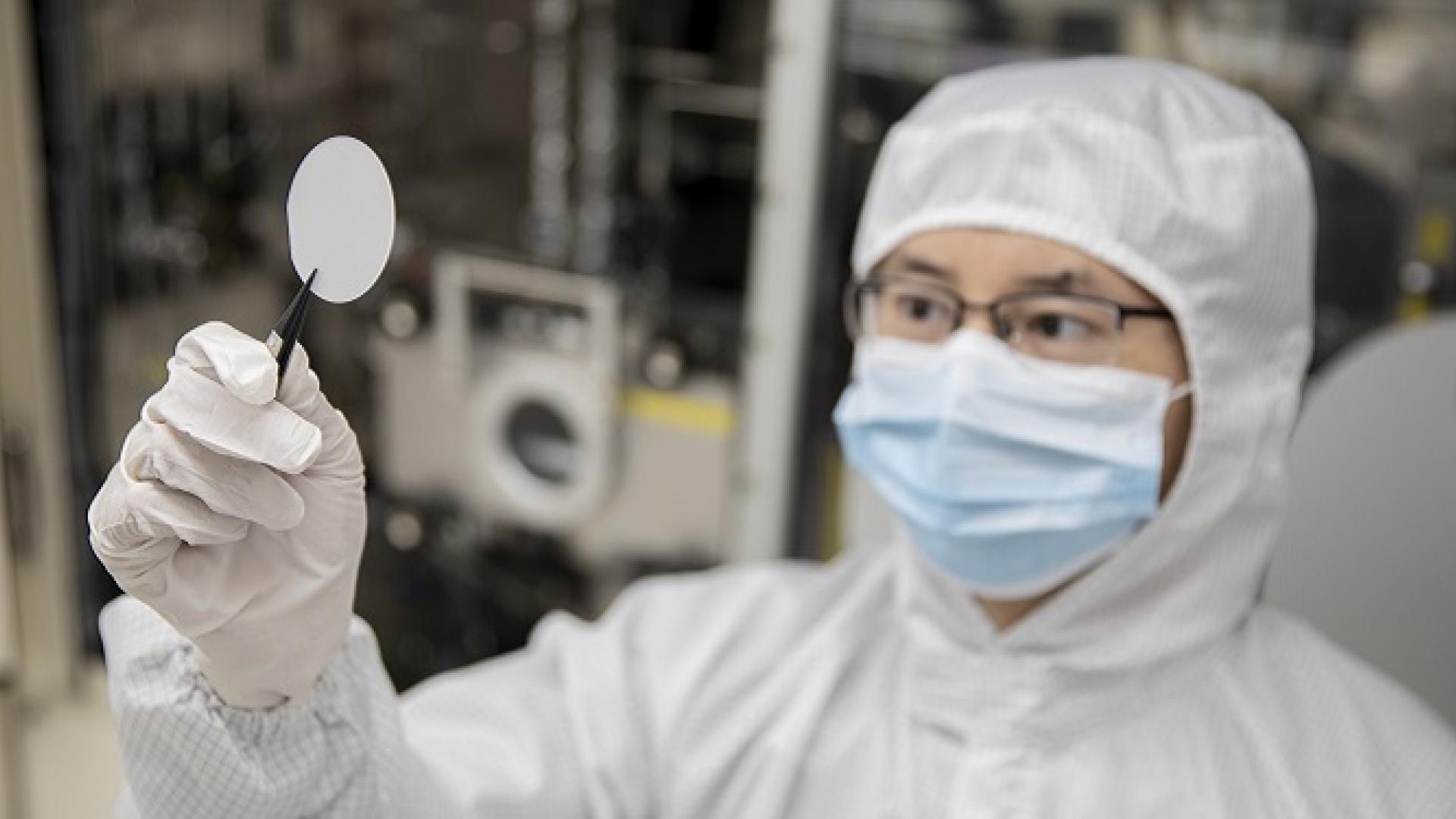© 2018 KAUST
A simple method that uses hydrogen chloride can better control the crystal structure of a common semiconductor and shows promise for novel high-powered electronic applications.
The electronic components used in computers and mobile devices operate at relatively low power. But high-power applications, such as controlling electrical power grids, require alternative materials that can cope with much higher voltages. For example, an insulating material begins to conduct electricity when the field is high enough, an effect known as electrical breakdown. For this reason, power electronics often use nitride-based semiconductors, such as gallium nitride, which have a very high breakdown field and can be epitaxially grown to create multilayered semiconductors.
However, ever-increasing energy demands and the desire to make electricity distribution more efficient requires even more electrically robust materials. Gallium oxide (Ga2O3) has a theoretical breakdown field more than twice that of gallium nitride alloys and so has emerged as an exciting candidate for this function. The latest challenge however is a simple way to deposit high-quality gallium oxide on the substrates commonly used for power electronics, such as sapphire.
Haiding Sun, Xiaohang Li and coworkers from KAUST worked with industry partners Structured Materials Industries, Inc. in the U.S. to demonstrate a relatively simple method to control the crystal structure of gallium oxides on a sapphire substrate using a technology known as metalorganic chemical vapor deposition (MOCVD). “We were able to control the growth by changing just one parameter: the flow rate of hydrogen chloride in the chamber,” explains Sun. “This is the first time that hydrogen chloride has been used during oxide growth in an MOCVD reactor.”
Read the full article

